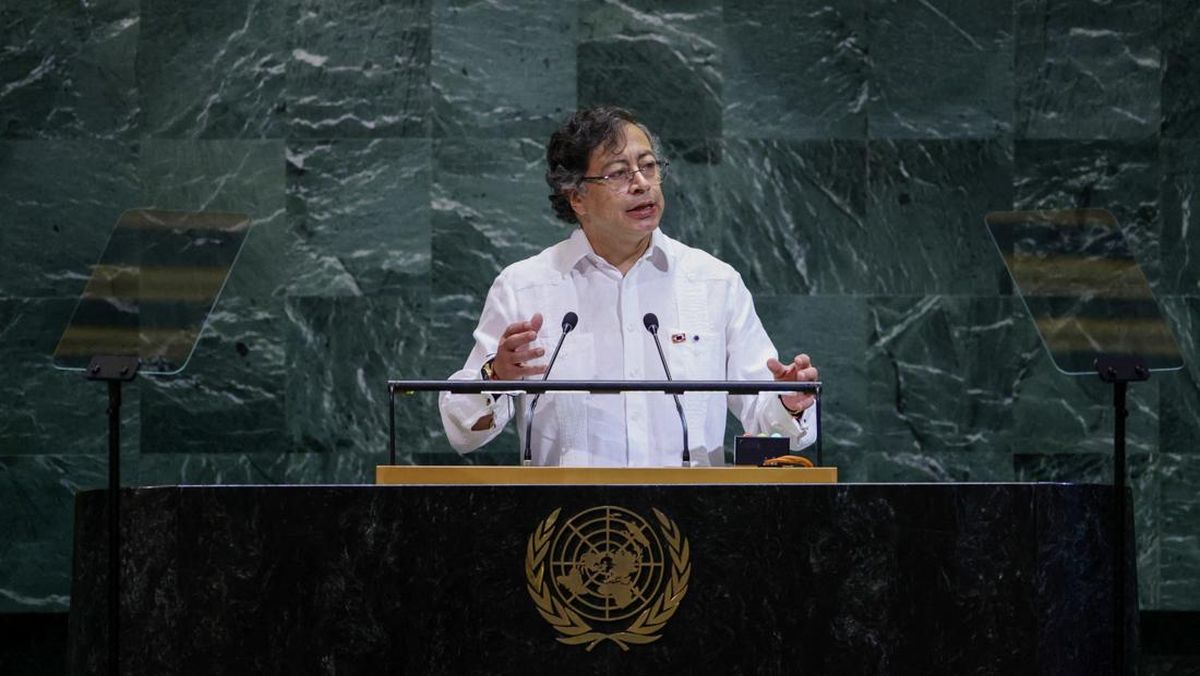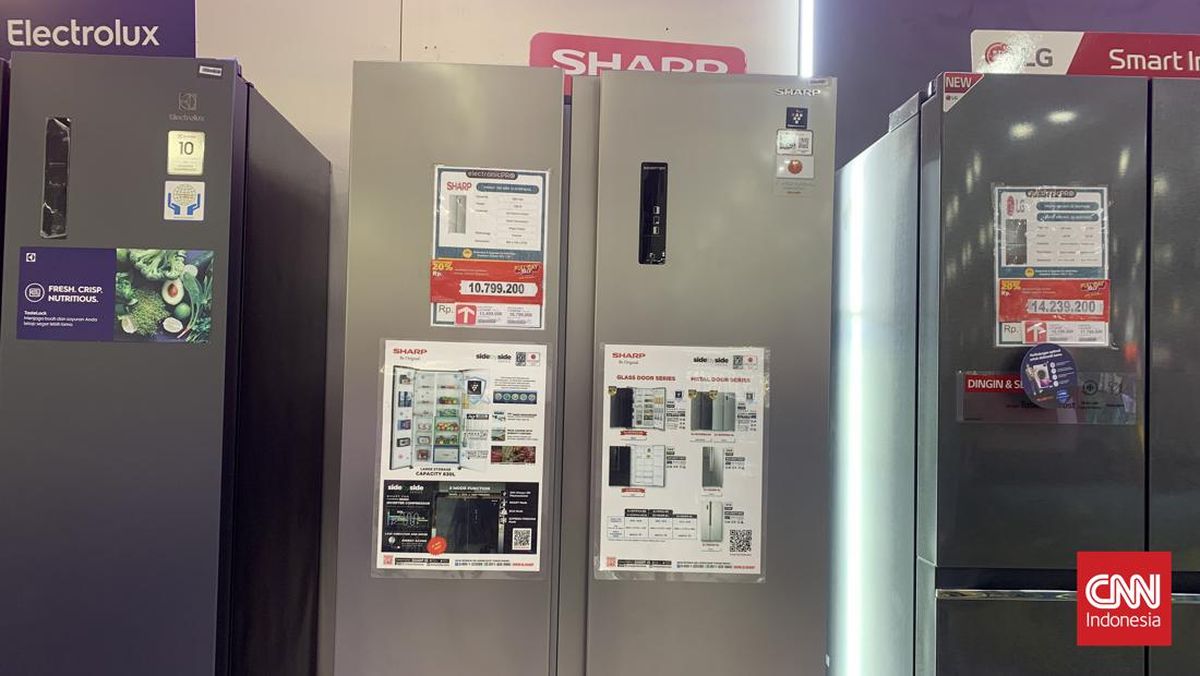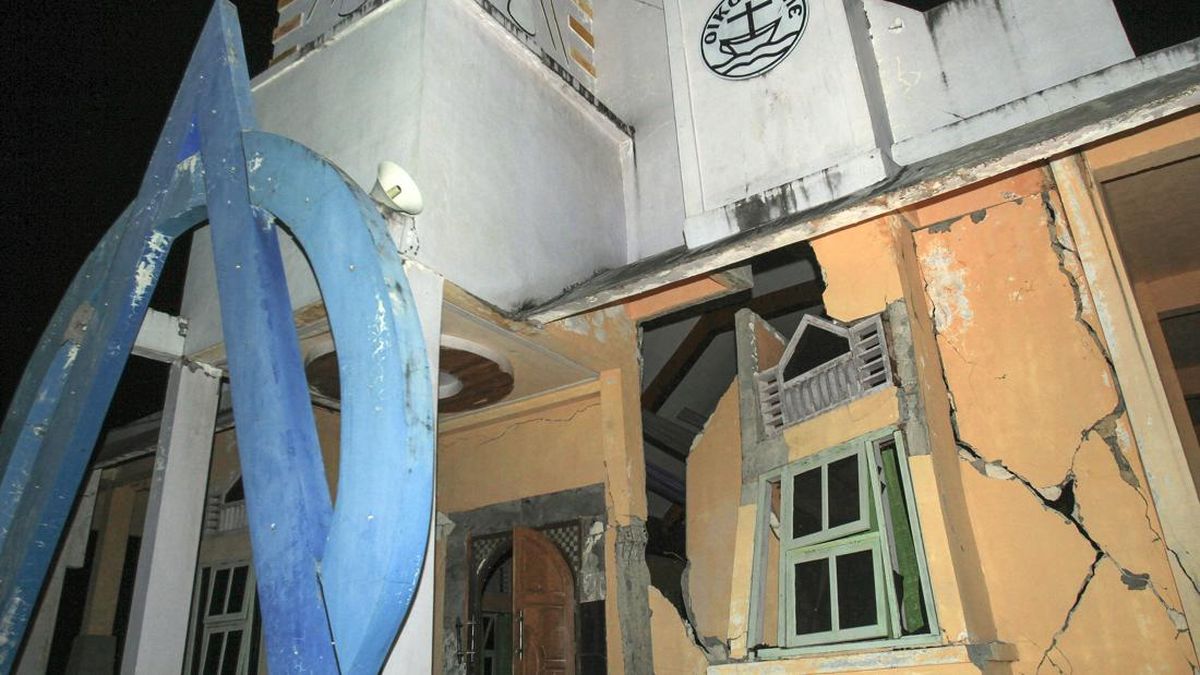Developers will recoup the value of discounted rent they must provide under a state government affordable housing initiative up to seven times over, new research has revealed, with the scheme’s additional height and density allowances on major projects placing extra millions in their pockets.
Modelling undertaken on behalf of not-for-profit housing organisation Shelter NSW suggests the scheme is most valuable for developers in inner-city suburbs including Edgecliff, Crows Nest, North Sydney and Dee Why, and least in the city’s west.
The in-fill affordable housing bonus scheme allows developers to build an additional 30 per cent floor space and building height if 10 per cent of their development is set aside for affordable homes, which must be let at 20 per cent below-market rent for 15 years.

Developers using the state government’s affordable housing bonus scheme are scoring huge profits in Sydney’s inner-city suburbs Credit: Nick Moir
Using a sample of 10 yet-to-be-built projects from across nine Sydney suburbs, the report showed there was a considerable discrepancy between the value of the density bonuses developers could obtain versus the cost of providing below-market rent in desirable Sydney suburbs.
For example, the authors’ analysis showed for each of one Edgecliff development’s 21 affordable dwellings, the bonus would return over $800,000 in value to its developer, while delivering less than $200,000 in rental discounts over 15 years. A $13.63 million net gain.
Loading
Similarly, an apartment in Crows Nest would deliver an over $600,000 bonus, while foregoing around $150,000 per affordable home — netting the developer $22.6 million in profit. In North Sydney, the scheme will deliver the developer of a 239-dwelling project over $26 million.
The ratio of the cost of the discounted rent against the gains of the scheme’s density and height bonus ranged between just 21 per cent in Edgecliff, to 92 per cent in Regents Park, the authors concluded.
Authored by economist Cameron Murray and University of Sydney Emeritus Professor Peter Phibbs, the report said the affordable bonus policy could “create a large and growing pool of below-market affordable housing”.
However, the authors noted there were a number of restrictions. Notably, that the construction of luxury apartments in affluent areas meant the discounted apartments were still too expensive for tenants that meet the scheme’s income criteria.
People seeking to access the affordable housing scheme must earn below certain thresholds. For example, a solo tenant of a one-bedroom apartment in Redfern advertised for $600 per week must earn less than $80,700 annually, around half of their weekly income, or could be a single parent with one child under $104,900.
Phibbs said a bonus scheme made sense but the settings of the government’s policy was delivering “windfall gains” to some inner-city developers “with only a minor contribution to affordable housing”.
While projects in affluent areas lead to large profits, the research found the density bonus at a Regents Park development in Sydney’s west would deliver a profit of only $620,000.
“Given the differences in the apartment markets in Sydney, the government needs to consider having different bonuses in different parts of the city to maximise the benefits for affordable housing,” he said.
Loading
As revealed by this masthead in August 2023, Planning Minister Paul Scully was forced to revise the affordable bonus scheme after pushback from the development lobby, who branded the initial proposal “impractical and unfeasible”.
Developers claimed a win after the government relented on key sticking points in the revised policy, released that December, including dropping affordable housing quotas to 10 per cent for smaller developments.
“While we want to maximise the amount of social and affordable housing in new developments, developers also need incentives to include these homes in future projects,” Scully said at the time.
Shelter NSW chief executive John Engeler said the research showed the deal struck between the NSW government and developers wasn’t always “fair”, with developers receiving benefits up to seven times the value of affordable housing provided in return.
“Whether developers are building homes among gum trees or palm trees, we need to make sure we’re getting the best possible deal for affordable housing along the way,” he said.
“This scheme needs to be refined so that we can be sure that we are getting the best deal possible for affordable housing, no matter where in Sydney it is built.”
To address fairness, Phibbs said the government could allow developers to “cash out” their affordable housing requirements for the government to reinvest in community housing affordable rental stock which would remain in perpetuity.
Scully said the government had reached 94 per cent of its National Housing Accord affordable homes target, including projects either approved or “currently in the planning pipeline”.
“This scheme not only drives the delivery of affordable housing but also improves project feasibility, meaning homes are built faster, with affordable housing built in from the start. The progress we’ve seen has exceeded expectations, we’re now seeing more affordable homes than ever before.”
The Morning Edition newsletter is our guide to the day’s most important and interesting stories, analysis and insights. Sign up here.
Most Viewed in Politics
Loading


















































